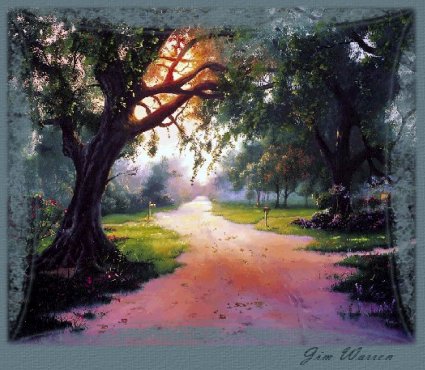6TH SUNDAY OF EASTER

To listen to the Australin Catholic Radio Online, please click:
http://cradio.org.au/index.php/resources/homilies/6th-sunday-of-easter/
When Jesus announced to his disciples that he was leaving them, their hearts were stricken with grief and anxiety. It was during that painful moment when the name of the Holy Spirit was revealed by Jesus for the first time: the Paraclete, the Spirit of Truth! It is always during the height of our pains that God manifests himself to us.
The condition of the reception of the Paraclete is our love for Jesus and keeping his commandments. Two Sundays from now we will be celebrating the Pentecost, the descent of the Holy Spirit. Now, who is the Paraclete and why did Jesus reveal his name as such? The name Paraclete is totally Johannine which means that it is only found in the gospel of St. John. Since the book of John was composed after the other three gospels were already written, it represents a higher form of Christology. The word Paraclete coming from two Greek words para and kalein means somebody we call to our side. There are five paraclete sayings taken from five passages in the Last Discourse of Jesus (Jn chapters 14-17) which explains to us who he is and what he does.
The Holy Spirit as the Paraclete first and foremost is the third person of the Most Holy Trinity which is the gift of the Father and Jesus to us after the resurrection. The death of Jesus was a prerequisite for the coming of the Paraclete. His coming opened a new era in salvation history when mankind entered into the eschatological times which is the milieu of the Church.
Because the Paraclete is a Johannine concept, it could have been part of a more developed and advanced pneumatology or the study of the Holy Spirit. Because of this, St. John helps us to understand better the Holy Spirit. There are four paraclete figures that paint to us the personality of the Holy Spirit:
1. Comforter – the Holy Spirit gives us the comfort when we need it the most. During our most painful moments , he is one giving us the solace and peace.
2. Counsel for the Defense – like an attorney, the Holy Spirit defends us in the great trials of our lives. He will guide us as a lawyer admonishes his client in court so that nothing will ever harm us.
3. Successor to Jesus - Because Jesus is our first Paraclete, the Holy Spirit as another Paraclete will continue the work and ministry of Jesus in the Church through us. The coming of the Parclete is making present Jesus in a new and fuller way.
4. Teacher and Interpreter – the Paraclete will teach us the truth that is why he is also called the Spirit of Truth. He will interpret the fuller meaning of the Jesus-experience and making it present and relevant according to the needs of the disciples.
This is the Paraclete and he is not just a concept. He is alive and he lives deep within us. He was given to us when we were baptized and fortified us when we received the sacrament of Confirmation. As St. Augustine says, he is the God who is nearer to us than we to ourselves. We just have to call him because he will come to our side as our Paraclete.


